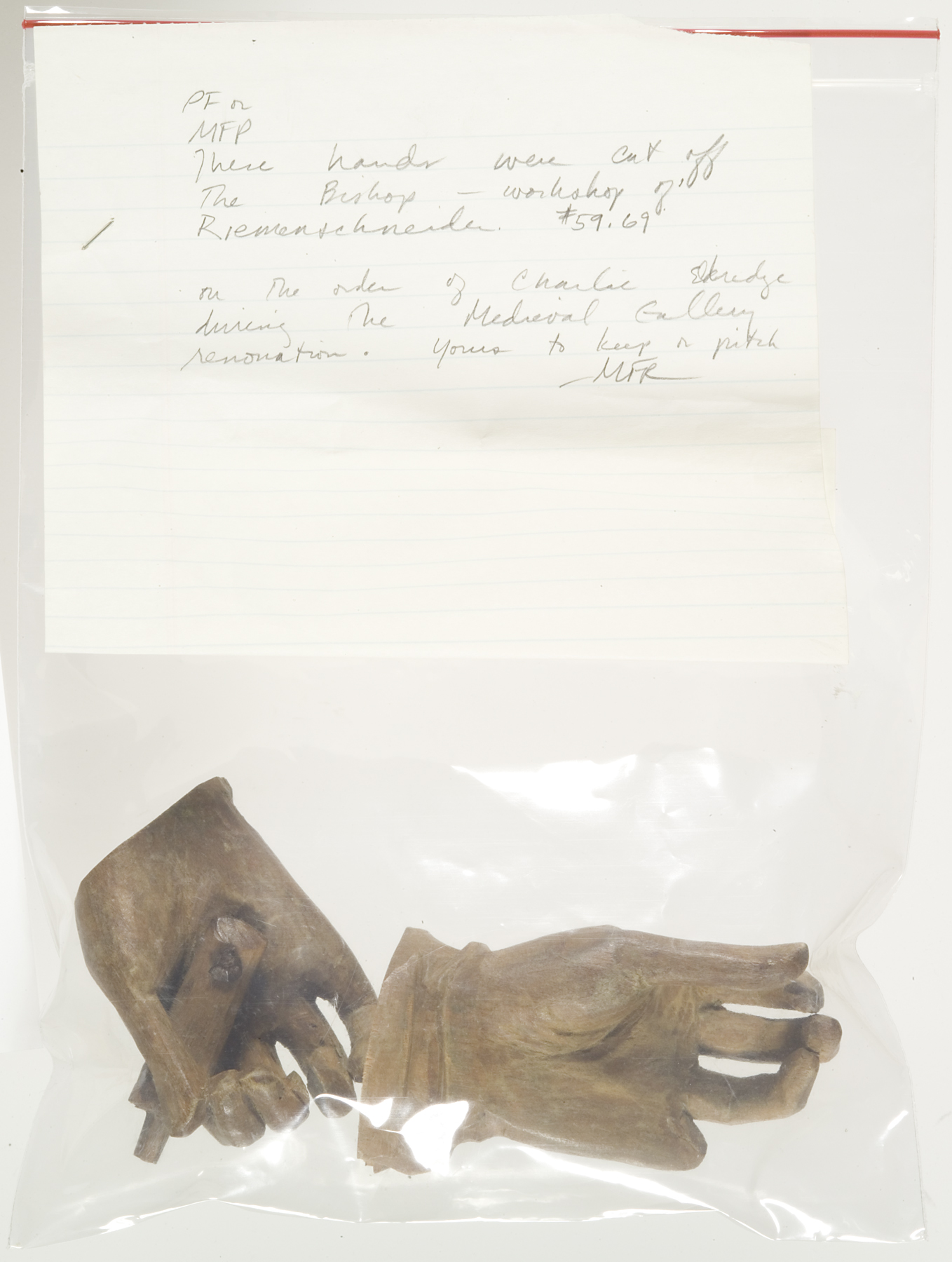Bishop, Circle of Tilman Riemenschneider
Artwork Overview
Circle of Tilman Riemenschneider, artist
active late 1400s–early 1500s
Bishop,
circa 1500–1510
Where object was made: Germany
Material/technique: linden wood
Dimensions:
Object Height/Width/Depth (Height x Width x Depth): 129.8 x 38.7 x 21 cm
Object Height/Width/Depth (Height x Width x Depth): 51 1/8 x 15 1/4 x 8 1/4 in
Object Height/Width/Depth (Height x Width x Depth): 129.8 x 38.7 x 21 cm
Object Height/Width/Depth (Height x Width x Depth): 51 1/8 x 15 1/4 x 8 1/4 in
Credit line: Gift of Mr. and Mrs. Hugo Emmerich
Accession number: 1959.0069
Not on display
If you wish to reproduce this image, please submit an image request



